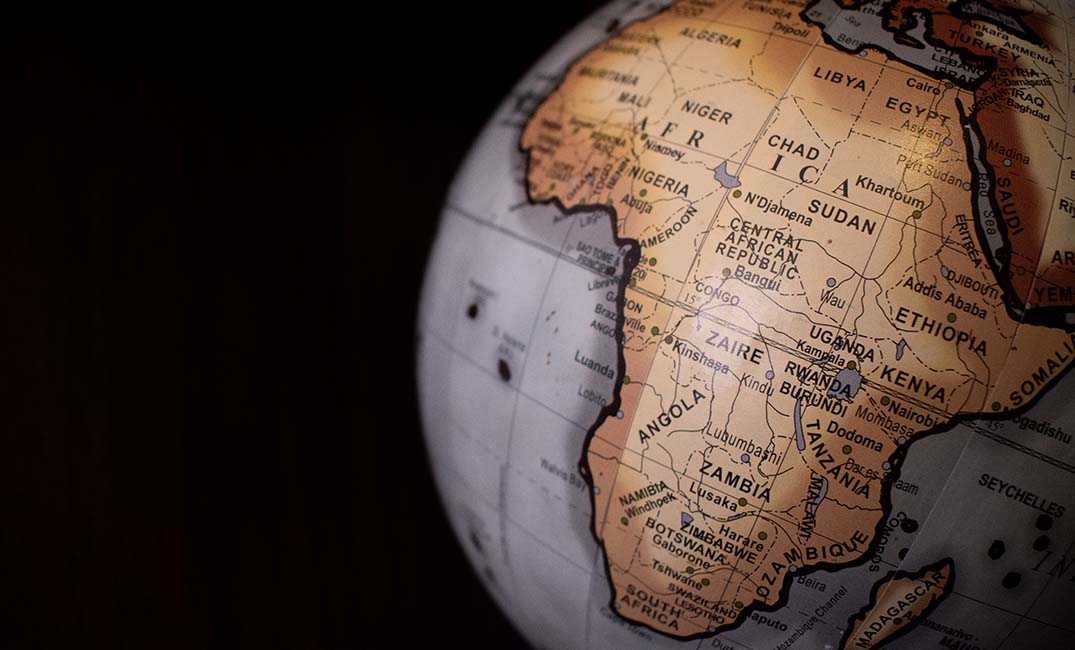KPMG has released a new report highlighting Africa’s significant investment opportunity in renewable energy, detailing nearly $250-billion untapped green investment opportunities in areas such as solar, wind, and hydrogen.
As it stands, Africa will need $277-billion annually between 2020 and 2030 to reach its Paris Agreement targets and implement its Nationally Determined Contributions – to contribute to limiting global warming to 1.5°C – according to the Climate Policy Initiative. Despite this, it currently only receives $29,5-billion in annual climate finance revealing the significant inflows of both public and private finances required from domestic and international sources.
The report – “Climate Investing in Africa” – reveals that as Africa fast approaches an anticipated period of economic prosperity, and as a home to mineral and resource rich land, there is an obvious yet untapped investment opportunity for private sector financiers.
“It is unlikely that global climate change mitigation efforts can be successful without taking Africa into consideration,” says Pieter Scholtz, KPMG’s ESG Africa partner lead. “The continent offers some of the planet’s biggest and most profitable options for investments in the global energy transition.
“From solar to wind to green hydrogen – a window of opportunity for climate investing in Africa is now opening. Superior returns can be realised by smart investors who are willing to act as early movers on the continent.”
Despite its abundant renewable energy resources and vast non-arable land, Africa currently receives only 3% of global renewable energy investment – a stark contrast to the continent hosting 20% of the world’s population. The whitepaper details why private sector investment will therefore be vital to close the electricity gap in Africa and help decarbonise industries and economies in order to support the region in a just transition.
While the region is not without its investment hurdles, for a significant number of countries, the perceived risks are greater than the actual risks. The report tackles often-cited issues such as political instability, regulatory concerns, and limited network infrastructure showing that these are undeniable yet nuanced and are not insurmountable challenges.
The whitepaper outlines Africa’s decarbonisation potential for investors, providing deep-dive analysis into the risks and opportunities in solar, wind, and green hydrogen. Other key findings include:
* Unlocking Africa’s wind potential – The report shows that if Africa were to exploit all of its wind resources for renewable energy generation it could easily bridge the current energy provision gap on the continent. There is ample opportunity for greater investment and impactful infrastructure, with the International Finance Corporation estimating that Africa’s wind potential is so substantial that it could meet electricity demand 250 times over. This highlights the immense capacity for sustainable energy generation that remains largely unexplored.
* Underinvestment in solar – Underinvestment has resulted in inadequate infrastructure and high costs in the solar sector. Africa’s current solar potential is estimated to be over 1000x the current solar power electricity generation capacity yet it has only been systematically deployed in a handful of countries. This is indicative of the significant investment opportunity that exists – bolstered by the continent’s solar irradiation quality, yield, and abundance.
* The power of green hydrogen – Despite the fact that Africa has some of the greatest potential worldwide for producing hydrogen and ammonia from renewables at relatively low cost, the current use of low-carbon hydrogen on the continent today is minimal. Should existing commitments to reduce emissions be met by governments globally, it is projected that demand for green hydrogen projects will increase dramatically. Africa’s possession of copious renewable energy resources and vast arable land positions the continent uniquely well to produce green hydrogen and catalyse the broader process of industrialisation on the continent.
“Despite the region’s capacity to play an essential role in the global climate response, Africa continues to be stifled by underinvestment and a range of misconceptions around its attractiveness as a location to direct green financing,” says Dr Benedikt Herles, EMA head of ESG Insights & Innovation, head of Country Practice Africa. “Africa is home to some of the planet’s largest and most profitable options for investments in the global energy transition making it a uniquely appealing green investment destination.
“Climate investors are looking ahead to new and emerging markets to deploy their funds,” Dr Herles continues. “It is vital that there is a nuanced and sophisticated understanding of Africa’s potential – and that private investors appreciate the unique advantages and characteristics of the region with respect to not just climate investing, but the broader contribution to the global energy transition from an environmental and social impact perspective.”
The report calls on the investor and green finance communities to double down on their climate investments in Africa in order to ensure a just transition, unlock Africa’s energy potential, expand the continent’s climate related investment flows, and realise the benefits of clean, sustainable power.

